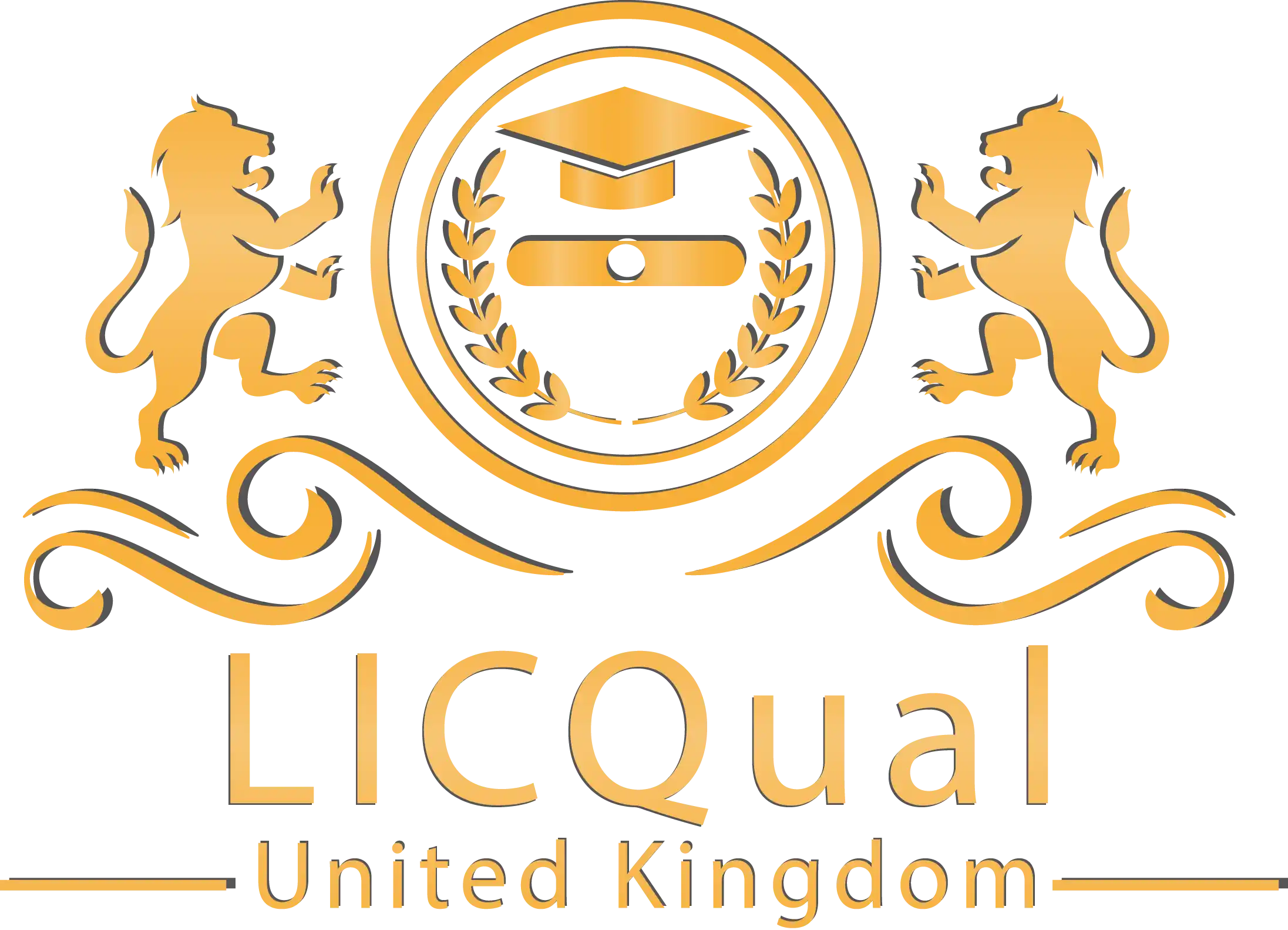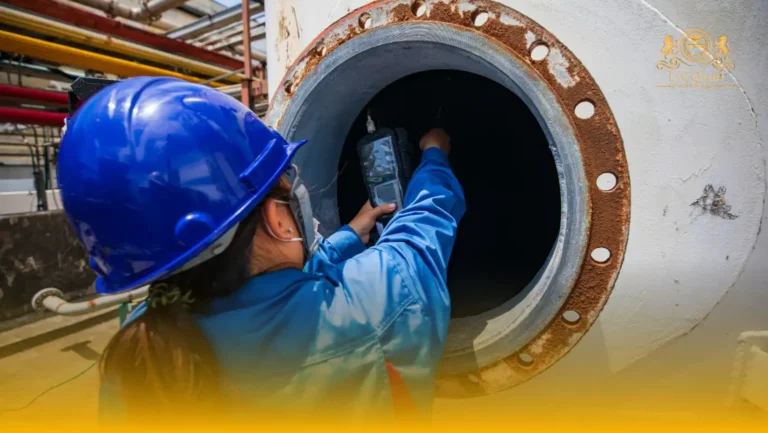The LICQual Level 2 Diploma in Signalman is an advanced qualification designed to enhance the skills of individuals already familiar with basic signaling procedures and looking to progress in lifting operations and safety management. This internationally recognized diploma is perfect for individuals seeking to elevate their signaling expertise and take on more responsibility in high-risk work environments such as construction, oil and gas, maritime, logistics, and manufacturing industries.
As lifting operations become increasingly complex, the role of the signalman extends beyond basic communication tasks to include advanced planning, risk management, and supervision. The Level 2 Diploma in Signalman ensures participants are equipped with the skills required to manage crane and lifting operations safely and effectively. The course focuses on both hand and radio signaling techniques, with a strong emphasis on interpreting lifting plans, understanding load calculations, and ensuring the safe movement of materials in various operational environments.
The curriculum covers essential topics, including advanced signal communication methods, interpreting lift plans, assessing crane capacities and limitations, identifying risks, load safety measures, and ensuring compliance with international safety regulations. Learners will also gain a deeper understanding of team coordination, site safety management, and how to maintain clear communication channels between crane operators and the ground crew. By mastering these areas, participants are prepared to support high-level lifting operations safely and efficiently.
One of the key strengths of the LICQual Level 2 Diploma in Signalman is its practical approach to learning. The course combines theoretical instruction with hands-on practical training, using simulations and case studies to prepare learners for real-life situations. Through these immersive training experiences, participants build their problem-solving and decision-making skills, enabling them to respond quickly and effectively in dynamic and challenging work environments.
Upon successful completion of the program, participants will earn the LICQual Level 2 Diploma in Signalman, a globally respected qualification that demonstrates their advanced competency in signaling and lifting operations. This certification is highly valued by employers and opens doors to advanced roles such as senior signalman, lifting supervisor, rigging coordinator, or health and safety officer. It also positions graduates for career growth, with the potential for progression to supervisory or management roles in lifting operations.
Whether you’re looking to take the next step in your career, enhance your technical expertise, or demonstrate a commitment to safety and professional development, the LICQual Level 2 Diploma in Signalman is your pathway to success. This diploma not only enhances your employability but also ensures you’re well-prepared to lead and manage safe and efficient lifting operations in various global industries.
Course Overview
Qualification Title
LICQual Level 2 Diploma in Signalman
Total Units
6
Total Credits
36
GLH
120
Qualification #
LICQ2200234
Qualification Specification
To enroll in the LICQual Level 2 Diploma in Signalman, applicants must meet the following criteria:
|
Qualification# |
Unit Title |
Credits |
GLH |
|---|---|---|---|
|
LICQ2200234-1 |
Signalman Roles and Responsibilities in Detail |
6 |
20 |
|
LICQ2200234-2 |
Advanced Communication Techniques for Signalmen |
6 |
20 |
|
LICQ2200234-3 |
Safety Regulations and Protocols for Signalmen |
6 |
20 |
|
LICQ2200234-4 |
Handling Complex Signaling Operations |
6 |
20 |
|
LICQ2200234-5 |
Traffic Control Methods and Techniques |
6 |
20 |
|
LICQ2200234-6 |
Inspection and Maintenance of Signaling Equipment |
6 |
20 |
By the end of this course, learners will be able to:
Signalman Roles and Responsibilities in Detail:
- Demonstrate a thorough understanding of the comprehensive roles and responsibilities of a Signalman in more complex railway operations.
- Identify and apply the key tasks associated with overseeing train movements, ensuring safety, and coordinating with other railway staff.
- Analyze the responsibilities of a Signalman within a broader operational framework, ensuring the smooth and safe flow of train traffic.
Advanced Communication Techniques for Signalmen:
- Master advanced communication protocols and techniques used in railway signaling, including clear and concise methods for relaying information in high-pressure situations.
- Apply effective communication strategies when coordinating with other operational teams, ensuring seamless coordination and safety.
- Understand the importance of verbal, non-verbal, and electronic communication tools in railway signaling operations.
Safety Regulations and Protocols for Signalmen:
- Develop an in-depth understanding of advanced safety regulations and industry protocols, ensuring safe signaling operations at all times.
- Identify potential hazards in complex signaling environments and apply appropriate safety measures to mitigate risks.
- Adhere to legal and operational safety standards to maintain a safe working environment for all railway personnel and passengers.
Handling Complex Signaling Operations:
- Analyze and manage complex signaling operations, including the coordination of multiple train movements and handling high-traffic scenarios.
- Develop the ability to troubleshoot and respond effectively to operational challenges, ensuring minimal disruption to services.
- Apply advanced signaling procedures and decision-making techniques to ensure efficient, safe, and timely operations in complex railway environments.
Traffic Control Methods and Techniques:
- Understand and implement advanced traffic control techniques to manage the flow of trains, ensuring that train schedules are adhered to and delays are minimized.
- Utilize signaling systems to prioritize train movements effectively, ensuring operational efficiency and safety.
- Develop strategies for managing traffic in scenarios involving congestion or emergencies, reducing risks and maintaining safety.
Inspection and Maintenance of Signaling Equipment:
- Gain expertise in the inspection, testing, and maintenance of signaling equipment to ensure it remains functional and compliant with safety standards.
- Identify and address potential issues with signaling equipment before they affect operations, ensuring that systems are always operational.
- Understand the importance of regular equipment checks and the role of maintenance in preventing failures and ensuring safe signaling operations.
This diploma is ideal for:
Assessment and Verification
All units within this qualification are subject to internal assessment by the approved centre and external verification by LICQual. The qualification follows a criterion-referenced assessment approach, ensuring that learners meet all specified learning outcomes.
To achieve a ‘Pass’ in any unit, learners must provide valid, sufficient, and authentic evidence demonstrating their attainment of all learning outcomes and compliance with the prescribed assessment criteria. The Assessor is responsible for evaluating the evidence and determining whether the learner has successfully met the required standards.
Assessors must maintain a clear and comprehensive audit trail, documenting the basis for their assessment decisions to ensure transparency, consistency, and compliance with quality assurance requirements.







